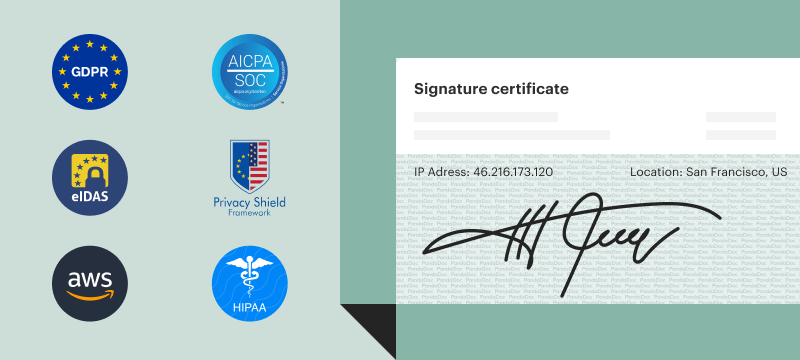Maryland Apartment Lease Agreement
A Maryland Apartment Lease Agreement is a legally binding document between a property owner and a renter outlining the terms for leasing a residential or apartment space. To ensure you adhere to the state laws, use our customizable Maryland Apartment Lease Agreement template.

Legal Aspects
This Maryland Apartment Lease Agreement clearly defines the rental fee and the obligations of both parties throughout the lease term. As a standard procedure, the property owner will usually conduct a credit check and confirm the renter’s employment status prior to finalizing the agreement. This ensures a secure and transparent rental process for both parties involved.
Security Deposit
- Maximum Amount: The owner can charge up to two (2) months’ rent as a security deposit per unit.
- Receipt: Landlords must provide a written receipt for the security deposit, failing which they’re liable for $25.
- Bank Account: It must be kept in federally insured financial institutions in Maryland in an account solely for this purpose. Deposits must be made within 30 days of receipt.
- Return of Deposit to Tenant; Interest: Landlords must return the security deposit, less any rightful deductions, within 45 days after the rental period ends.
- Withholding of Deposit: Owners can withhold part of the security deposit for unpaid rent, lease breach damages, or damages beyond ordinary wear and tear to the premises, common areas, major appliances, and landlord-owned furnishings.
Entry and Access
- While Maryland doesn’t have specific laws about a landlord’s right of entry, it’s generally advised that landlords provide tenants with a written notice 24 to 48 hours in advance.
- It’s also recommended that any visits be scheduled during standard business hours for minimal disruption.
Pets Policy
A Maryland pet addendum is an additional document to a Maryland Apartment Lease Agreement. It outlines the specific rules and regulations, ensuring the landlord and tenant understand their rights and responsibilities.
When drafting a pet addendum, it should include:
- Pet Identification: Tenants should provide details about their animals, including names, breeds, sizes, and vaccination records.
- Pet Responsibilities: It should outline the tenant’s responsibilities, including proper care, grooming, hygiene, leash use in common areas, and prompt clean-up.
- Property Damages: The occupant’s responsibility for any pet-caused damages to the apartment should be clearly stated, including repair processes or deductions from the security deposit.
- Noise and Nuisance: It should address noise-related concerns, including provisions about excessive barking, howling, or other nuisance-causing behavior.
- Pet Deposits or Fees: If the owner requires an additional deposit or fee, the addendum should outline the amount, payment terms, and refund conditions upon move-out.
- Lease Termination: The grounds for lease termination if the tenant fails to comply with the animal-related provisions should be specified.
Disclosures
- Agent/Landlord Identification: The lease must show the landlord’s contact info.
- Lead-Based Paint Disclosure: Owners must disclose the potential presence of hazardous lead for pre-1978 residences.
- Move-in/Move-out: The deposit receipt must disclose the occupant’s right to inspect the unit at the end of the tenancy to identify any damages.
- Habitability: The lease must confirm the property is habitable and detail the occupant’s responsibilities.
- Ratio Utility Billing System (RUBS) Disclotenants: The owner must provide a written statement with relevant utilities and average monthly utility bills for a ratio utility billing system.

